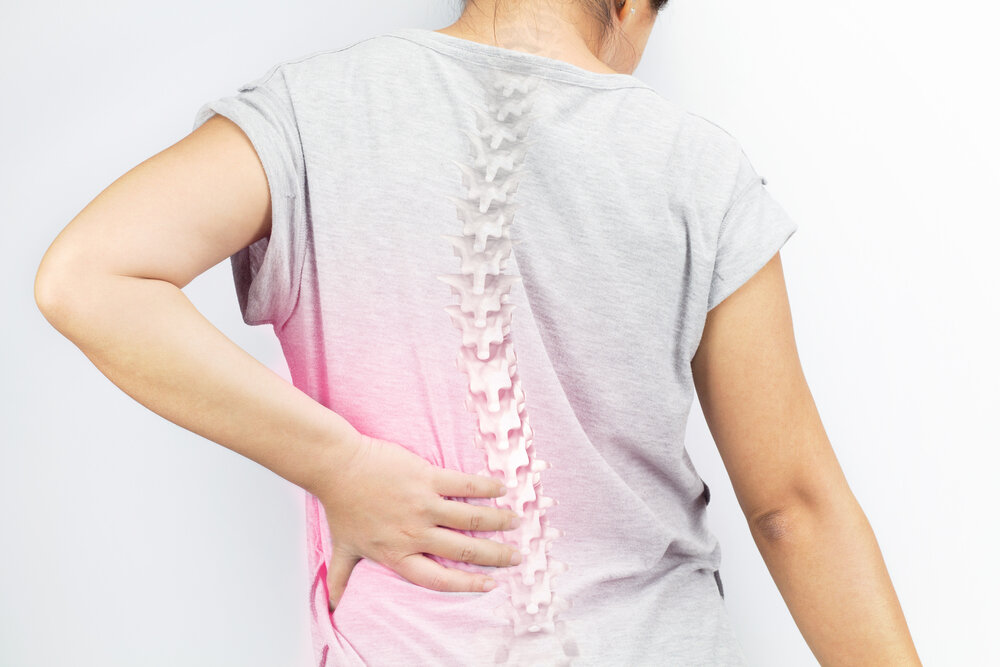Even in the most advent time of medical science, people lack in the right information about scoliosis. This disease may harm adults and children both. Here we will explore the facts that no one will tell you about this disease except a scoliosis specialist.

Small Curves Are Easy to Treat
This knowledge has become frustratingly obvious, because the standard watch-and-wait methodology is still recommended for mild and moderate curves. This knowledge is not put in clinical practice. Indeed, an impressive 93% success rate was shown when their therapy approach was introduced in curvatures below 50 degrees.
Back Braces Can Make Hump in a Worse Condition
The concept of rigid straps has been around since 1575, and while the design of the strap since then has definitely improved, the concept of forced brace correction has not improved.
It is important to realize that back braces do not directly apply their compressive force to the spine. The forces need to pass through the soft tissue, intestines, and cage of the rib to straighten the spinal curve passively. The rib cage (round) simply flaps the angle of the ribs even further if it is compressed, which increases the deformation of the spine.

Scoliosis Can Grow Even in Adulthood
Many patients are misinformed that their scoliosis will not get worse after growth and that curves of less than 25 degrees may be true before menopause. However curves over 25 degrees may grow in adulthood (the rate is almost 68%) and may show gradual growth.
Scoliosis is a curvature of the spine sideway which occurs before puberty during the growth period. The cause of the majority of the disease is unknown, though scoliosis may be caused by conditions such as cerebral paralysis and muscle dystrophy. Approximately 3% of teens suffer from scoliosis.
In most cases scoliosis is not severe, but with children growing certain spinal distortions continue to grow. Could be disabling severe scoliosis. The space within the chest can be reduced by a particularly severe spinal curve which makes the lungs hard to function properly.
Children with mild scoliosis, usually with X-rays, are closely monitored to check whether the curve worsens. There is often no need of treatment. Some kids must wear a brace to stop the curve from becoming worse. Others may require surgery to avoid worsening scoliosis and correct severe scoliosis cases.
You should see a scoliosis specialist if your child has developed it. The sports teachers might likely to notice it first in the children. At neuroscience Specialist we take care of the children if they are suffering from scoliosis and other spinal disorder.
**Disclaimer- Information presented here is not intended to be qualified medical advice. Nothing expressed herein creates a doctor-patient relationship.

